Arlene Gottfried, Singing Photographer
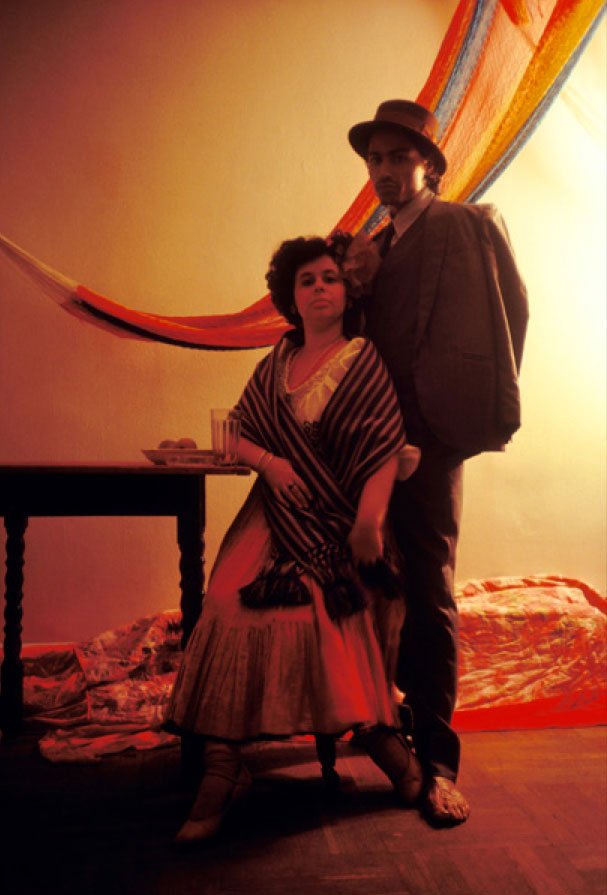 Arlene Gottfried is an award-winning photographer born and raised in New York City. For over four decades her photos have served as an ode to the joy, struggles, heartbreak and passion of the people of New York City, ranging from her initial stomping grounds in Coney Island and Crown Heights, to the Lower East Side and Spanish Harlem and beyond.
Arlene Gottfried is an award-winning photographer born and raised in New York City. For over four decades her photos have served as an ode to the joy, struggles, heartbreak and passion of the people of New York City, ranging from her initial stomping grounds in Coney Island and Crown Heights, to the Lower East Side and Spanish Harlem and beyond.
Her photos are gritty, colorful and unflinchingly honest—occasionally heart-rending—yet throughout there is a sensibility of seeking the light in each person and honoring their lives with love and compassion.
An accomplished teacher and photojournalist, she is also the author of four books: The Eternal Light (1999), Midnight (2003), Sometimes Overwhelming (2008) and most recently Bacalaitos & Fireworks (2011), a stirring tribute to the Nuyorican culture she grew up with in the 70s and 80s:
“From my window on New York City’s Lower East Side I could look out and see the Puerto Rican culture I encountered over 30 years earlier, around the same time I began photographing.
“One night I heard a street vendor on the corner of Avenue C and East 3rd Street calling “bacalaitos and fireworks”; bacalaitos, a fried cod fish indigenous to Puerto Rico, and fireworks, for the Fourth of July weekend. This juxtaposition became etched in my mind—representative of an immigrant population on the streets of America . . .
“This book . . . shows the spirit of a people with a powerful passion for life. Those who survive the ghetto rely on a vibrant and intimate community to help overcome the obstacles and the struggles of everyday living.”
– Arlene Gottfried 1
When I read Bacalaitos & Fireworks I was very moved by it and proceeded to seek out Gottfried’s other work, all of which deepened my appreciation. On top of that I discovered that she was a gifted singer with an affinity for soul and gospel. I was compelled to reach out to her and she agreed to meet with me one afternoon at her home in Westbeth, the historic artist enclave in the West Village.
Tell us about your background & early influences.
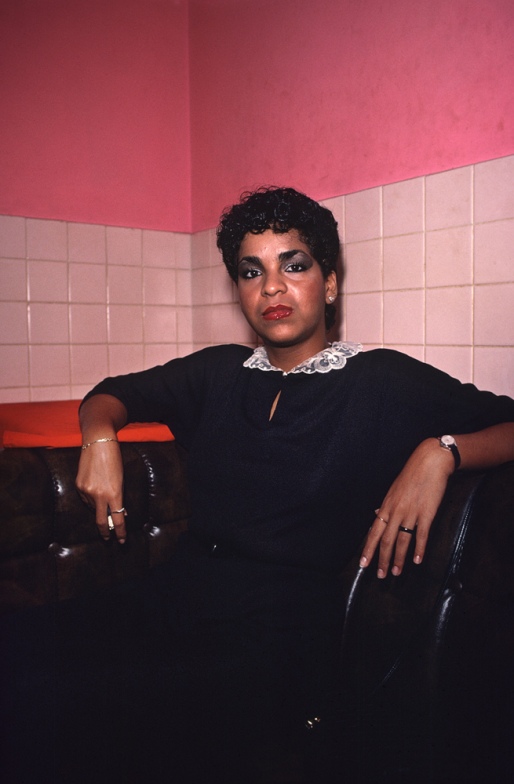 When I look back I had a very colorful and integrated youth, as opposed to where someone else might have grown up somewhere where everyone’s the same—suburbia for example. I lived in Brooklyn, in what they used to refer to as a “white flight” neighborhood.
When I look back I had a very colorful and integrated youth, as opposed to where someone else might have grown up somewhere where everyone’s the same—suburbia for example. I lived in Brooklyn, in what they used to refer to as a “white flight” neighborhood.
This was Crown Heights?
I lived in Coney Island and Crown Heights, and both of those areas were very culturally diverse, and because of that I would credit that with my interests today. But it also has to do with me…someone else might have been repelled by what they saw or who they met when they were very young and in their teens, and who they ran around with and went to the beach…all the things that happen when you’re growing up. Me, I was interested in all these things, they didn’t frighten me because they were different. I liked it!
Obviously my whole connection to the Puerto Rican community came from that. My neighbors, as well as the African-American community…and there were other people as well, all mixing and living together or moving away.
I think it was in Junior High that I would walk to school and every day there was a moving truck on the block and I would notice that every morning—without exaggeration!—and I would think, “where is everybody going?” They used to designate neighborhoods to change them! It’s all part of the craziness that goes on in the world…and then there’s some good things that come out of it. For me, it exposed me to many cultures, and it’s in me…no one can steal that from me…I feel like I’ve been there.
That’s how I got my interest in the gospel, my first music was Rhythm & Blues…and of course gospel birthed that, and Jazz and so forth. I remember when I was young, an early teen, a woman came out with her family and small portable piano, and they were having church on the street….
Were you singing?
It’s funny, I gave a talk here at Westbeth about my book Bacalaitos, and I forget these things but my friend Pete Castagne who I met when I was thirteen and bonded with over music—we had 45’s, especially the Motown—he said, “Oh, she’s always been singing.”
I used to always sing with the older guys, their generation was more of a doo-wop generation, and I used to sing with them and go to Prospect Park and sing in the tunnels.
It was cool! So beautiful…it was good….that was one of the good things about it. There were also some not very good things about neighborhoods like that….they get crime-infested, the drugs—and I’m not talking about the hippie drugs, I’m talking about the drugs that kill you….there was a lot of heroine….I can’t even go there…a lot of my friends passed away from that…they didn’t know what the hell they were doing….they died young.
When did you start taking photos?
I took a camera and I went to Woodstock, those were some of the first pictures that I took. I didn’t really know a thing about what I was doing, I just put some film in a camera!
Was this the Woodstock?
Yes—I didn’t make it to the anniversary! (laughs)
When my uncle passed away he left me with a very nice Olympus Rangefinder, and then when my father found out about my grades….you know how it is with a lot of creative people, they’re not really paying attention by the time they get to high school, so my grades, I just made it….
My parents wanted me to go to college, but I had a day job so I had to go in the evening. I didn’t know what the heck I wanted to do! I signed up at New York Community College, and I went in and I was looking around at the curriculum, and saw something in Graphic Arts…it wasn’t really graphic design, it was something for people in production, when they were doing printing, you know before everything was digital you needed production managers and all these people to help with anything that got printed.
Anyway, there was a photography class, and I thought, “Well, I’ll start with that.” All I knew at that point was from our family camera, and I figured that it couldn’t be the same as sitting around just listening to a lecture—you had to DO something!
It makes to sense to me that you would say that, I think that attitude comes across in your photographs—they feel so immersive and engaging, it never feels like you were a passive spectator, rather you were fully integrated and invested in the moment.
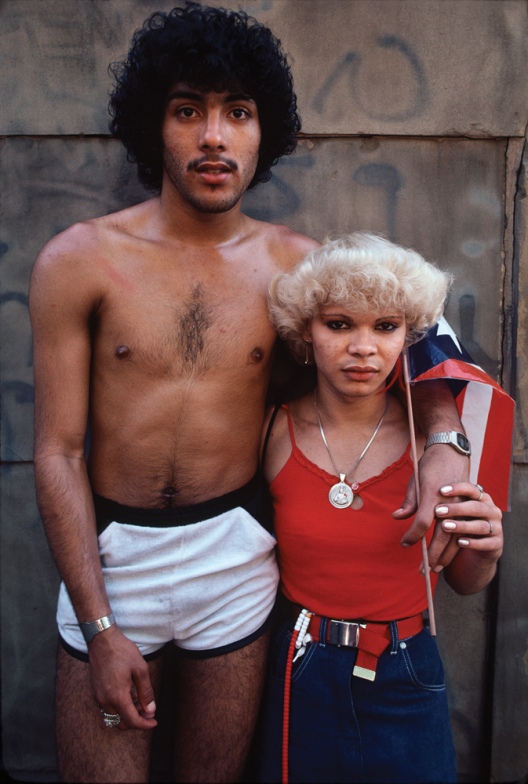 Now, the world has changed a lot, and there’s women working everywhere—bus drivers, you name it…but at that time I walked into that photography class and I had to choke back the tears, I was like “Oh my god, I’m the only woman in this whole class!” But everyone was very nice to me, and very respectful…little did I know that all that stuff would come later, the reception I got when I became a professional photographer.
Now, the world has changed a lot, and there’s women working everywhere—bus drivers, you name it…but at that time I walked into that photography class and I had to choke back the tears, I was like “Oh my god, I’m the only woman in this whole class!” But everyone was very nice to me, and very respectful…little did I know that all that stuff would come later, the reception I got when I became a professional photographer.
But the guys in the class were very nice and supportive and caring, maybe because they were all working class people, who were taking classes and already working in production and printing, either advertising and publishing…
And this was all considered a man’s game?
Well, most things were, really!
One of my classmates, an African-American gentleman, used to go around by himself taking photographs on the street. One day I bumped into him, he was walking around on his lunch hour taking photos and he said to me “can I take a picture of you?” I knew him from my class, so I said “Ok,” and posed, and he said, “No, not the front of you, the back!” And I was curious about that – the back of my head?
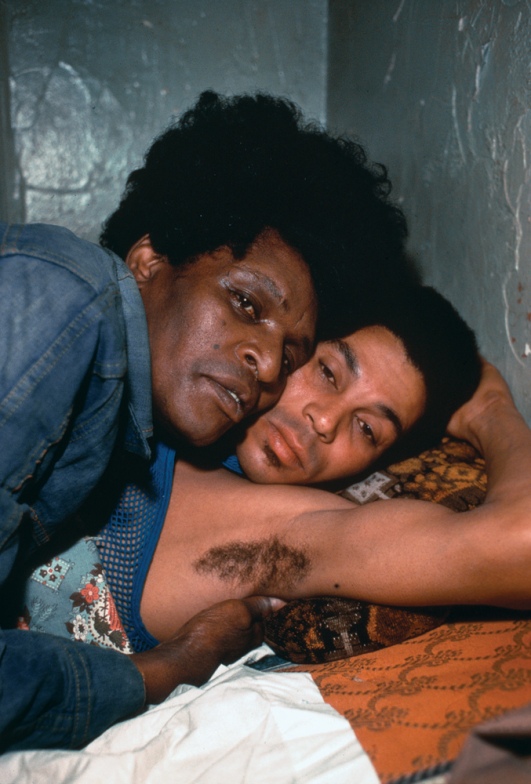 Sometime later he was having a birthday party and he showed me the negative with his enlarger, and that was the turning point for me—he turned on the light, and there was light!
Sometime later he was having a birthday party and he showed me the negative with his enlarger, and that was the turning point for me—he turned on the light, and there was light!
I looked and saw my long hair, which went down to the middle of my back, and how it merged with the fur jacket I’d been wearing. It had this particular effect to it that he had seen and captured in the photo. This was really a turning point for me, it showed me that you could use a camera as a means of expression.
After the class I studied and worked as a photographer’s assistant, it was pretty difficult. I gotta tell you, I was green, I was so naive to it all! (laughs) Then I heard that there was an in-house studio at an ad agency, and I went to apply and the guy hired me.
That’s how I eventually got the job there as the photographer. I worked doing still life, lighting, public relations, brochures—you did everything. I got quite a good experience.
Your photos have such a personal feel to them—in a lot of cases even the ones that are in public, they feel so intimate. How did you approach some of these photos where you’re catching someone in a haunting or vulnerable moment…and how did they react?
 For example, the funeral pics from your book The Eternal Light…some of these show your friends at a really raw moment…
For example, the funeral pics from your book The Eternal Light…some of these show your friends at a really raw moment…
That little girl that died…I went to the funeral, and that tragedy…her short life…that impacted my life in a major way…
Even though my friend Pete says I was always singing, I wasn’t singing the way I was once I joined the Gospel choir. They were my first book, I was involved with the family, the whole choir was a huge family, and there was so much love. We used to go to rehearsal up in what they called the Boys Harbor, it’s actually the basement of El Museo del Barrio.
Did you usually have a camera on you and people were just used to that? I’m just curious because some of these photos are so intimate and I’ve found that some people have particular reactions to being photographed.
Not everyone likes it. It takes such commitment to take photos…with videotaping you can cover everything, and then you can edit and make a story later. Not that it’s easier, because you’ve got to be going all the time, but with stills it’s a very, very dedicated thing…you’ve got to be in there with every bit of yourself, to come away and really have something where the photographs stand alone as something to remember.
Over time I became very close with Monique, the mother of the little girl, and I began singing with the choir, so then when her grandmother passed away I went to sing at that funeral with a small group of people.
Let me tell you, that is one of the most humbling and honoring feelings when someone is remembering and saying goodbye to a loved one and you’re asked to sing in the ceremony. Which I did this year, a friend’s husband passed away and she asked me to sing at the funeral. I was speechless.
Well you have an amazing voice, and you’re very soulful.
Thanks, I’m very shy about it.
Can you talk a little about how you hooked up with the Eternal Light Community Singers in the first place, and how that parlayed into you singing on stage?
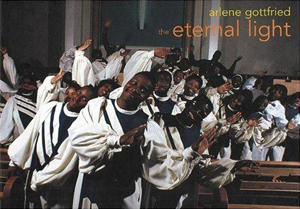 Well, I first saw them at what was an old abandoned gas station down on Ave B and 2nd that had been converted into a performance space. There was a Gospel Fest that day, and I showed up and took a few pictures.
Well, I first saw them at what was an old abandoned gas station down on Ave B and 2nd that had been converted into a performance space. There was a Gospel Fest that day, and I showed up and took a few pictures.
At the end of the afternoon this large choir came in from all directions to get up on stage. When they started, they were so powerful! I was sitting in the back, kind of low-key, but once they started it was like “Whoom!” and I ran to the front! (laughs) If it makes you get up and move, you know….man were they great. I was knocked over…
I walked up to the woman Monique, I said “I really think your choir’s great, I would like to photograph them,” and she said, “Oh, well you have to ask him” and pointed to Selwyn Rawls, the director.
I went up to him, and I remember he gave me a big smile and he said “Here’s our card, call us.” About a year later I caught up with them, they were singing at my old school, Erasmus High, for an AIDS benefit. I took a bunch of pictures of them and of Monique’s two-year-old daughter Monet. This was on Saturday. On Monday I found out that Monet had been hit by her mother’s boyfriend and was gone from the world. Her mother asked me to come to the choir’s Tuesday night rehearsal to bring her the last photos taken of her daughter. Everyone was grieving and praying and surrounding Monique with love.
How well did you know the people when you took the pictures at Monet’s funeral?
They didn’t know me that well….they saw me taking pictures at Erasmus High School that previous time, and…they were a loving, open-hearted group of people.
They were ok with you taking photos at the funeral?
Yes, and the mother asked for the pictures, because those were the last pictures taken of Monet.
Wow, that’s intense. How do you ask people to be in photos during a really difficult, intense time?
I don’t know if I ask, sometimes you’re just in it.
I have to say it takes me much longer to pull out a camera these days. I still do it, but I almost feel like the whole world’s going like this (mimics taking a photo with a cellphone)….freaking phones, y’know! (laughs) It’s just not the same when everyone is recording a moment….I mean on one hand it’s brilliant, but on the other hand it just doesn’t feel as special to pull out a camera.
Anyway, for months afterwards I took pictures of the choir as they were preparing to record their first live album. Choir members started calling me “Sister Clickie!” Selwyn said that he had prayed for a photographer to do the record cover and that I had been sent.
 One night when they were supposed to sing at a Youth Detention Center, I was told I couldn’t take photos because the audience was under age. This was after months of racing around the city photographing them at all the rehearsals and services. One of the choir members said I should go with them anyway and sing with them instead. I laughed but showed up anyway.
One night when they were supposed to sing at a Youth Detention Center, I was told I couldn’t take photos because the audience was under age. This was after months of racing around the city photographing them at all the rehearsals and services. One of the choir members said I should go with them anyway and sing with them instead. I laughed but showed up anyway.
When I arrived all the choir members were wearing black, which was funny because that’s what I happened to be wearing that night. “Maybe it’s because you’re supposed to sing with us.” one of the ladies in the choir said….so I did!
I began singing with them more frequently, and my relationships with members grew closer. I received so much love and encouragement from all the members, including Selwyn himself.
He was an extraordinary man, an incredible singer, songwriter and leader—he always had time to listen patiently and talk people through anything. He would encourage you to sing with every part of yourself—sing with all your might! That’s a gift, coaching people to let themselves shine.
What compelled you to make a book?
It was the major impact the Eternal Light had on my life. I sang as a kid but this was different. Everyone struggles in life…this gave me some spiritual tools, and as far as a singer, it gave me a huge voice.
You have an amazing voice. Did you ever receive any musical training?
No….the choir was my musical training. I loved it with all of my might. And I loved them—they were my friends, they were my world…and I was photographing them!
I spent five years with the Eternal Light, it was an amazing experience. Their devotion and their spiritual life has taught me so much, it’s unbelievable. If they were still together I’d still be with them. I still have close relationships with many of the members and their families.
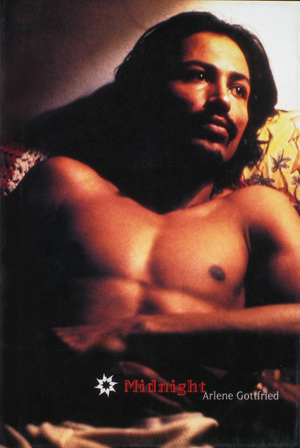 You were also very close with Midnight…
You were also very close with Midnight…
[Midnight is an old friend of Arlene’s who is the subject of her second book. The book is an incredibly intimate chronicle of Midnight’s highs and lows over the years as he wrestled with paranoid schizophrenia.]
Yeah, I still talk to him, we spoke the other day.
So he’s still around? That’s great!
Your photos of him are another example of people allowing you to capture these incredibly personal moments…are your friends so used to you having a camera, and they know and love you, that they don’t mind you taking photos at these times?
Well that’s certainly part of it…when you’ve been around certain people for years, and you’re their friends….
I met Midnight in ’84 and I didn’t know that I was going to make a story about him, much less a book about him. I was working on Bacalaitos & Fireworks, which ironically didn’t come out until over 20 years later, and I just thought that he was going to part of that story.
I was working for magazines—Life, The Sunday Times, Fortune, Rolling Stone…I was working and running all over, and then it began to slow down in the mid-90s. I started making color xeroxes putting them in chronological order and showing them at festivals. People were so moved—big dudes would get choked up, so I thought, “Wait a minute, this is important, this shows not only a person who’s from a poor family but also has mental illness and is left pretty much up to the system for his own survival, which means institutions throughout much of his life….
You seem to have this ability to capture the essence of somebody. It’s like you’re looking into their soul…with the book about Midnight, one thing that’s so moving about it, I obviously don’t know him, but he’s clearly such a beautiful but also tragic soul.
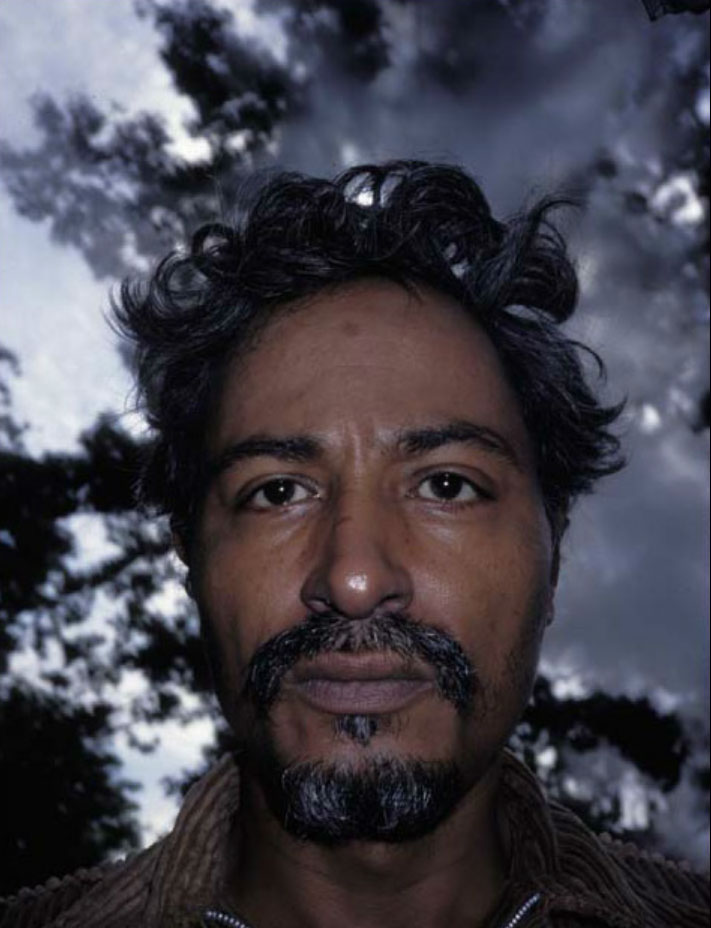 Yeah, mental illness is a horrible thing to deal with…and to have no one to care for you….he used to go in & out of the hospital, I would see that they would discharge him. There was this law that you couldn’t keep anyone locked in…so they had to let people out after they stabilized them. Now I don’t think they should have just locked people up the way that you see in the films, but part of that is true—they walk around drugged to stabilize, and then when they think these people can go out, they go out…but have no foundation. And where was he supposed to go?
Yeah, mental illness is a horrible thing to deal with…and to have no one to care for you….he used to go in & out of the hospital, I would see that they would discharge him. There was this law that you couldn’t keep anyone locked in…so they had to let people out after they stabilized them. Now I don’t think they should have just locked people up the way that you see in the films, but part of that is true—they walk around drugged to stabilize, and then when they think these people can go out, they go out…but have no foundation. And where was he supposed to go?
Thank God he’s living in a place and feels secure there.
Many of the people on the streets have some form of illness like schizophrenia, where it’s difficult for them to function. Their family couldn’t deal with them, or left…
From what I’ve read you were also friends with Miguel Piñero…
Your life & experiences strikes me as having been strongly interwoven with certain individuals who had an intense beauty and incredible passion for life, and yet staggering self-destructive tendencies or tragic circumstances.
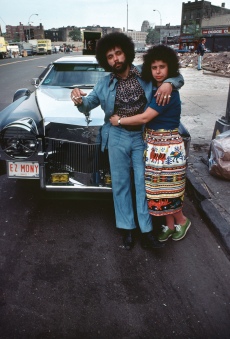 How does one navigate that terrain, where someone you love, who has such limitless potential, is going through such dark times, and despite your best efforts is elusive and beyond your capacity to help?
How does one navigate that terrain, where someone you love, who has such limitless potential, is going through such dark times, and despite your best efforts is elusive and beyond your capacity to help?
Well…Piñero was a born genius, so no matter what people may have said about him, he was a brilliant guy, and when he loved you, whether it was romantic or as friends, you just couldn’t just walk away….
It’s kind of like you have a connection with someone and it goes heart-to-heart. It’s something beyond what they’re doing, what I’m doing. I don’t know, there was a strong connection. Of course if you care about someone and you know their brilliance—I mean, his plays….you know it’s messed up when you have to wind up in jail to find out that you have a gift for being able to write! On some level it’s heartbreaking, and yet it’s also a miracle, that somebody from his background would achieve so much.
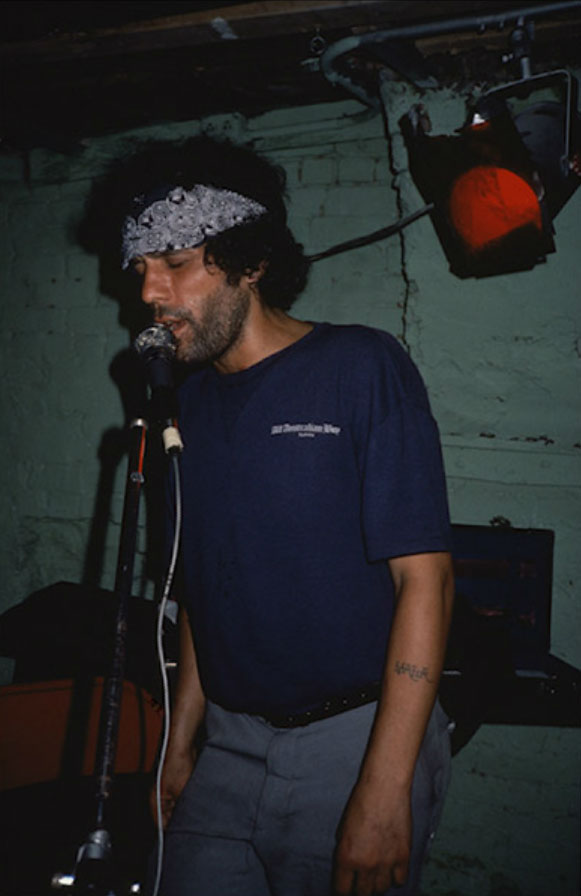 They hired him to write for Baretta, and Miami Vice—he appeared in them as well—he wrote the dialogue and often appeared in those shows too. He was funny, he had a sense of humor…I cared a lot for him. He was very inspiring. Similar to Midnight—very beautiful to look at, and the drama was in his pores. I’m not only saying that because I cared for him but because when you were around him you felt like you were in a play. He had something very unique.
They hired him to write for Baretta, and Miami Vice—he appeared in them as well—he wrote the dialogue and often appeared in those shows too. He was funny, he had a sense of humor…I cared a lot for him. He was very inspiring. Similar to Midnight—very beautiful to look at, and the drama was in his pores. I’m not only saying that because I cared for him but because when you were around him you felt like you were in a play. He had something very unique.
I met Miky in 1980…I was trying to freelance around that time, making pictures, trying to earn a living… (laughs). Figuring things out…I mean, you’re young, you’re doing your work…I was printing a lot of photographs back then, black & white, and around that time just before then I had a show in Puerto Rico, at Casa Aboy.
Were you able to make a living through photography at that time?
I think it got rolling a few years later…
Did you frequent the Nuyorican Poets Cafe a lot? I know you have that picture of the funeral for the congero…
Oh yeah…with Miguel Algarin…
Were you into that 70s/80s Nuyorican Cafe scene?
I loved the Cafe, it was so free—poetry, dancing, that was great then…it was raw.
Were you living on the Lower East Side at that time?
No, my mother was living on the Lower East Side. I found an apartment in an old building on 23rd and 2nd. I was always going down there though. I used to go to the L.E.S. from Brooklyn, before I even moved to Manhattan…I was always there.
You’ve done a lot of photojournalism and assignment work…were there any assignments that resonated with you in particular?
There are many…I’m sure I’ll leave out a lot! I was given a story about Harlem, a cover story for the Sunday Times. I was given a story about the “New Bohemia,” the East Village in the 80’s.
You also did something about young squatters in the L.E.S….
Oh yeah, there were these buildings that were abandoned, and so people were living in them—what’s so terrible about that? They had nowhere to go. Some of them took over buildings and fixed them up, made them habitable….and then authorities wanted to kick them out after they fixed them up! It’s shameful…I guess some people have a whole different way of looking at life….
When viewing your photos one is immediately transported back to a time and place that was gritty and turbulent but also incredibly vibrant. Do you have any thoughts you want to share on how the L.E.S. has changed over the years?
 A friend of mine, a photographer from Puerto Rico, he says “everything changes,” and I know that’s true. What’s that saying again? “The only thing constant is change.” I think that’s the sad reality.
A friend of mine, a photographer from Puerto Rico, he says “everything changes,” and I know that’s true. What’s that saying again? “The only thing constant is change.” I think that’s the sad reality.
But how is it changing? The L.E.S. is one neighborhood, but I believe that the gentrification and homogenization is happening all over the world. All the independent theatres, shops…the rents go up and they get kicked out.
I read once that you said it was easier to be part of the community back in the day—there were events that were cheaper and accessible…
Yeah, you could fuse, and enter…and leave. It was really nice, you would go to places and run into other people you knew. That was good!
Your body of work depicts such a rich diversity in terms of lifestyles. It shows a very open-minded mentality, including celebrating people who are transgender, cross-dressing, whatever…I love that…
I had my chart read a while back when I was in Puerto Rico, and the guy told me that it said that I “don’t like conventional relationships”—isn’t that funny? (laughs)
 I look at photos of the gospel choir from The Eternal Light, and then I look at some of your photos of say, cross-dressing couples out on the town or sharing an intimate moment, and I wonder “How did those two worlds of yours interact?”
I look at photos of the gospel choir from The Eternal Light, and then I look at some of your photos of say, cross-dressing couples out on the town or sharing an intimate moment, and I wonder “How did those two worlds of yours interact?”
Well, what I got from the black gospel world was love and singing with every part of yourself.
In regards to different lifestyles, forget the spin that mankind puts on the word of God….God didn’t say kill people who are different!
The feeling I get when I hear you sing and when I look at your photos is that you traverse these landscapes and people and there’s a lot of heartbreak and sorrow but there’s also a lot of passion for life, and you really speak to the light in people.
Thank you! To be understood and appreciated is really a wonderful thing, and I’m grateful.
Keep up with the music and photography of Arlene Gottfried at Arlenegottfried.com
1 Source: Introduction to Bacalaitos & Fireworks (powerHouse Books, 2011)








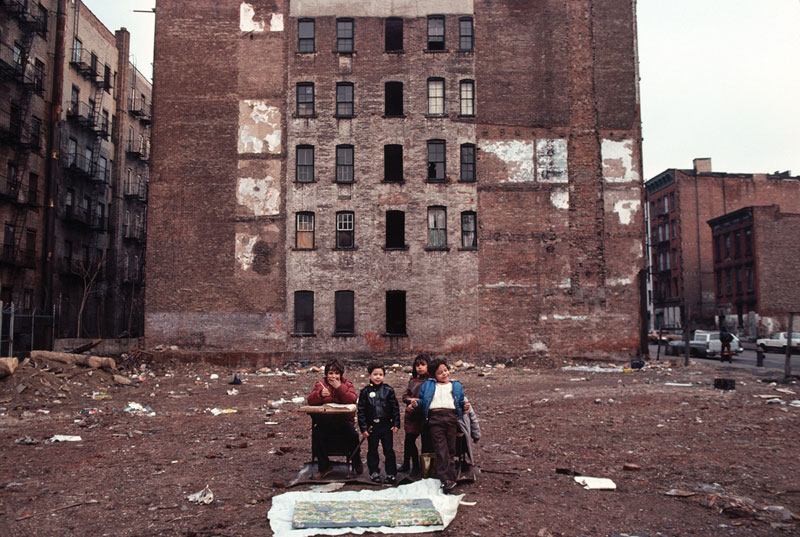

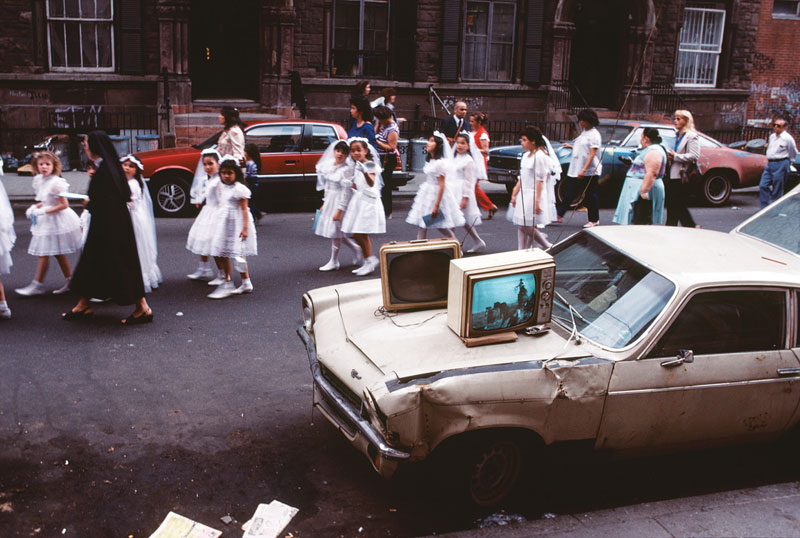
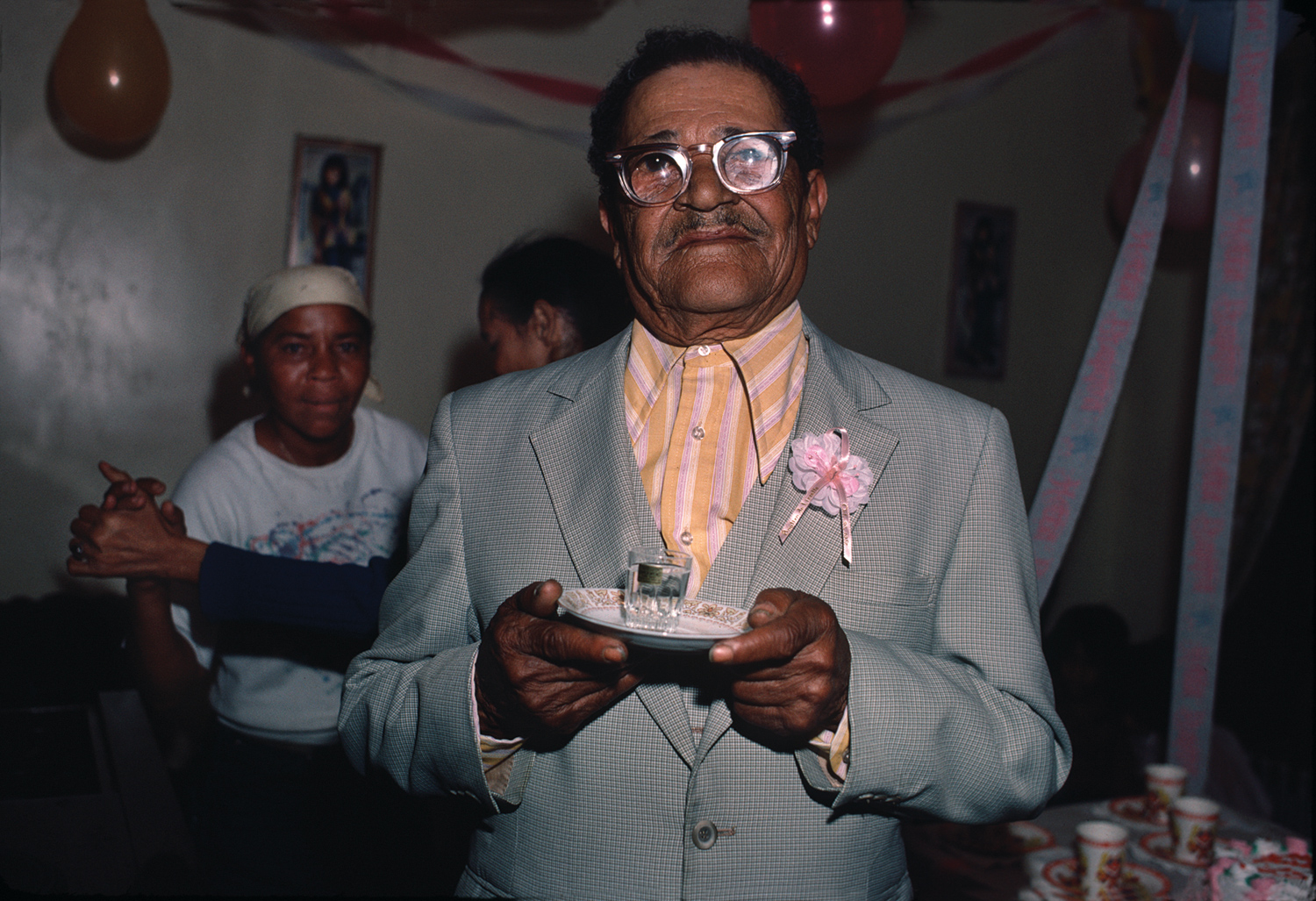

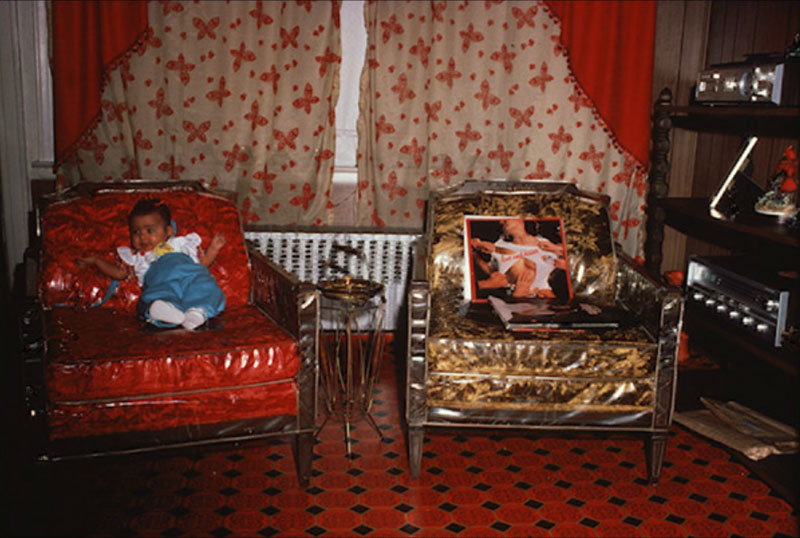
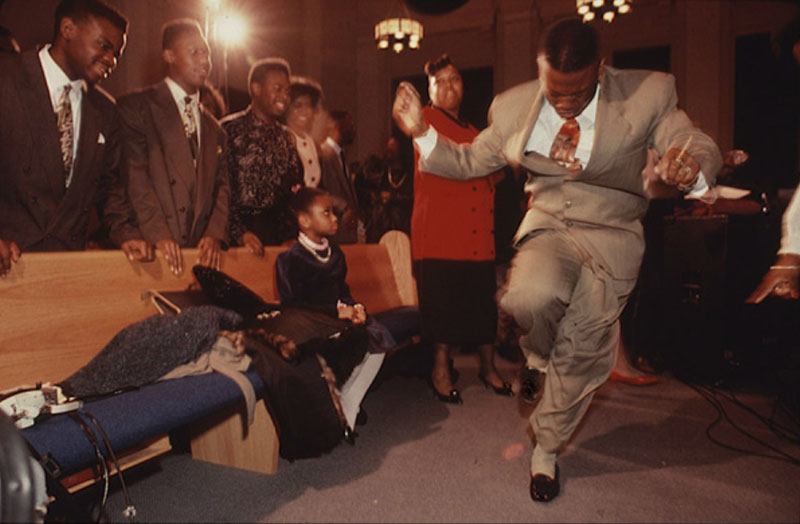

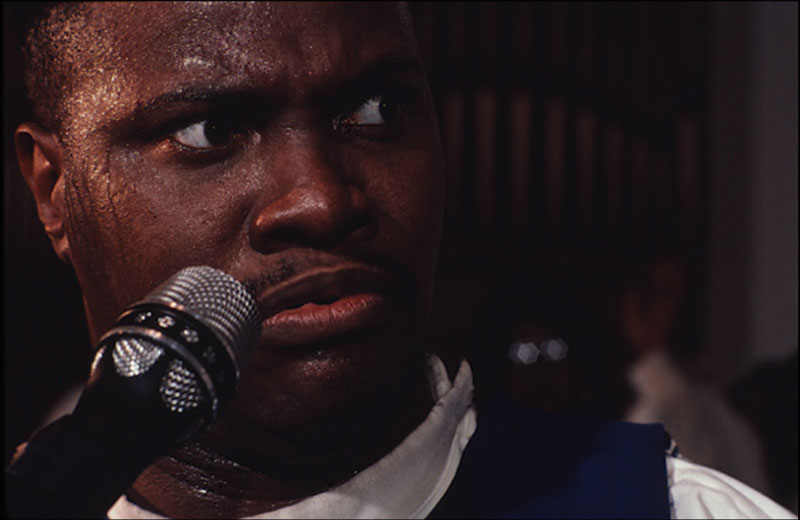

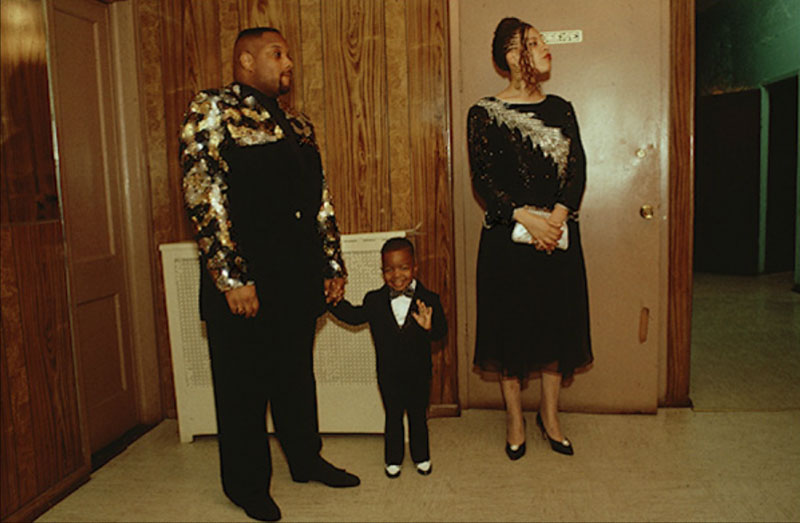
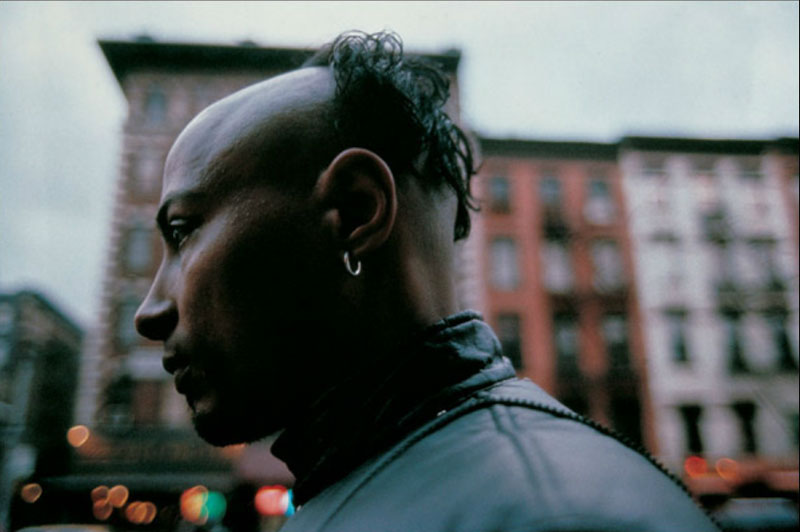
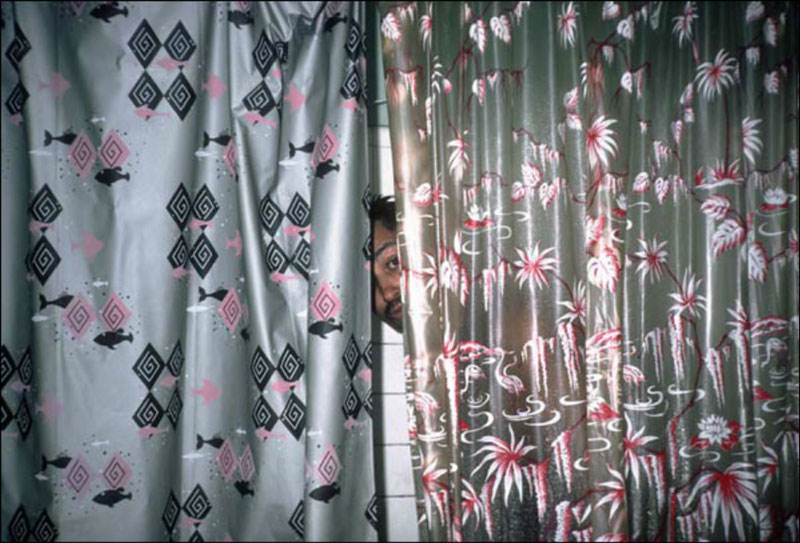
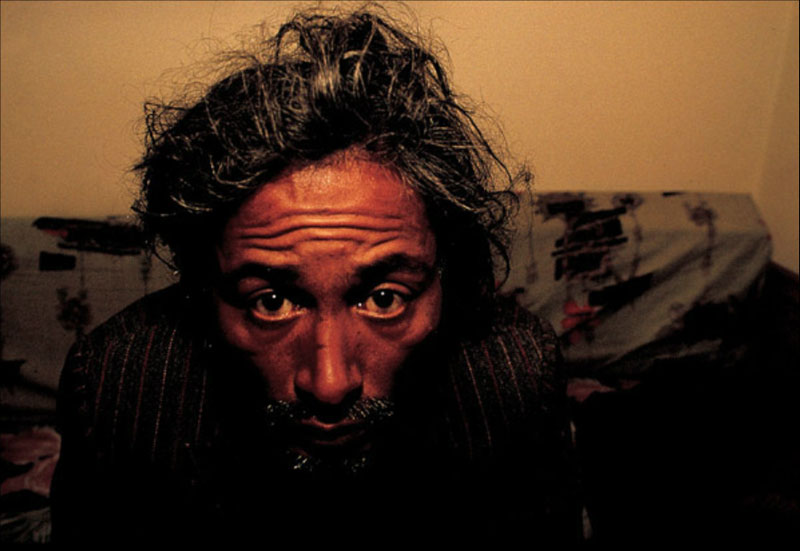
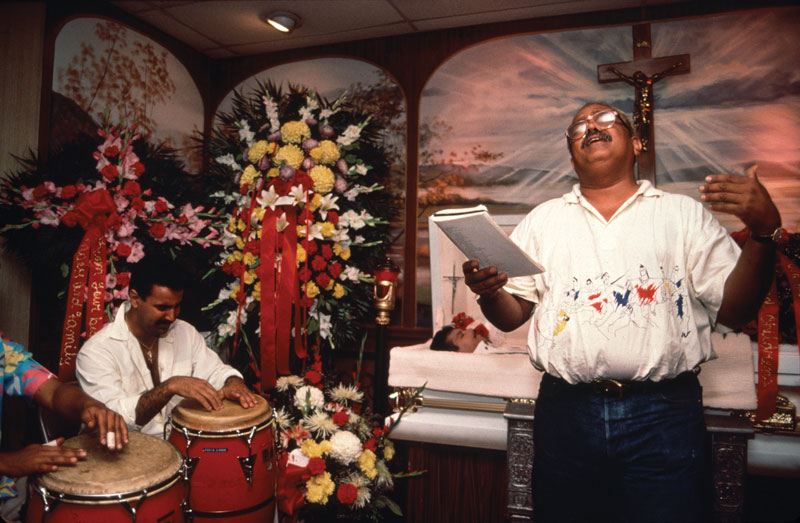
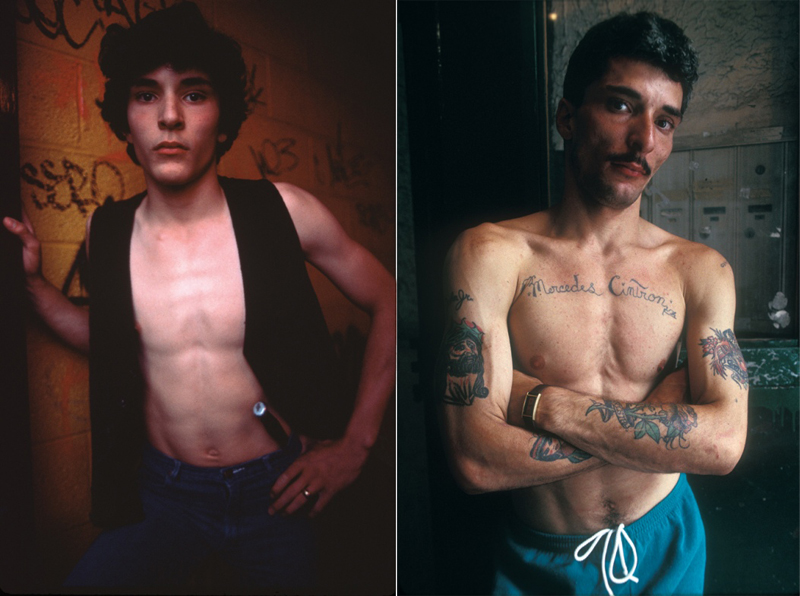
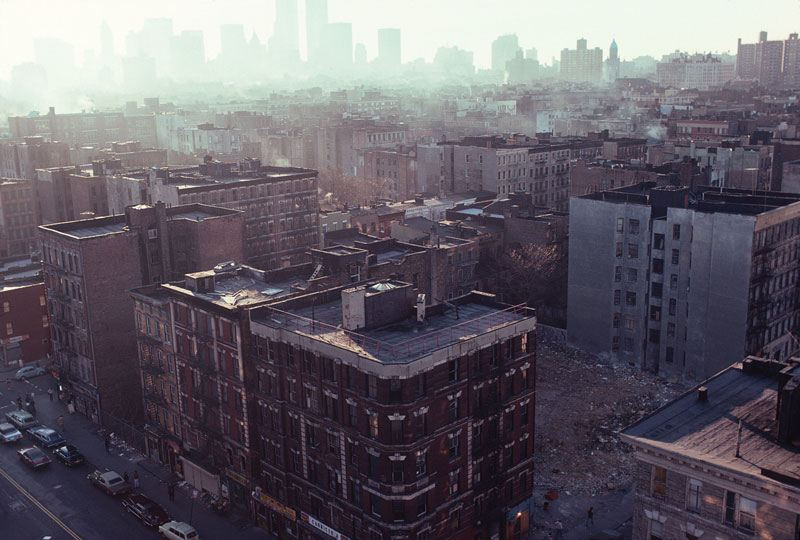
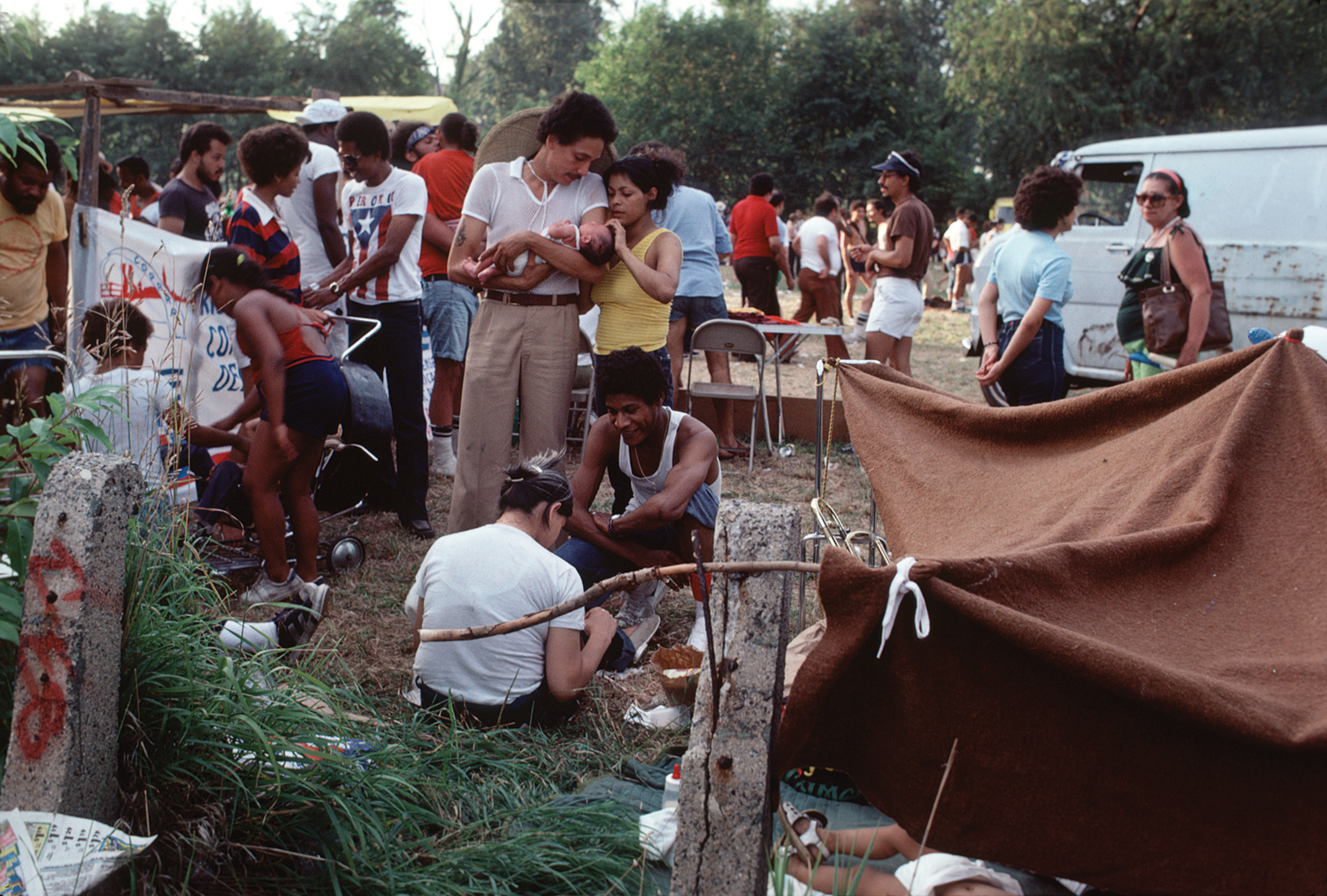

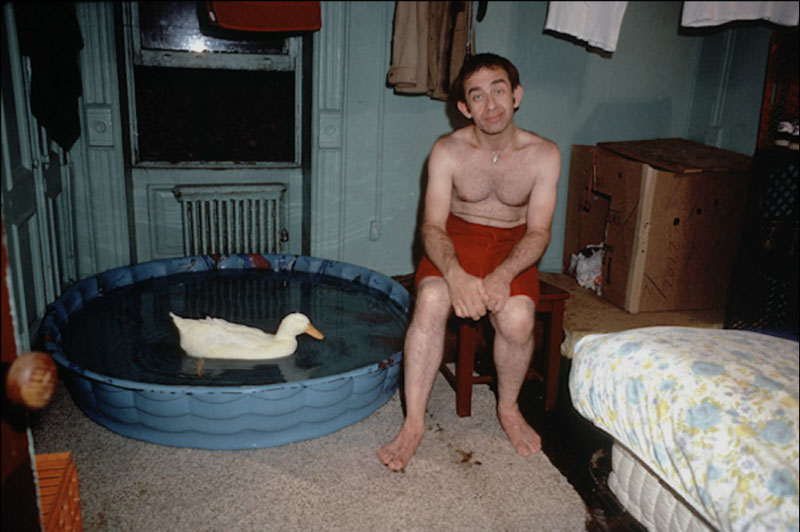

104 Comments
This is a fantastic article, thanks for bringing attention to this incredibly talented and generally way too overlooked photographer.
One of our best-ever discoveries, and an amazing site to behold in church! Her photographic work is stuff of vintage New York legend. Be sure to collect her trilogy of books, they are some of the best stuff we’ve done. And definitely don’t miss her on 2nd Ave on Sundays….
Thanks for the love Maria. Arlene is a delightful and inspiring individual, and her creativity…it speaks and sings for itself… Nikolai
Re: Daniel– I inadvertently cut it out, but Arlene did mention you as an individual who had been really supportive of her. Go powerHouse Books!!! -Nikolai
Awesome article — was not familiar with her work, but now it is a must. You write a damn fine interview article, Niko.
I am curious — how’d her work find you?
What an inspiring and revealing interview; the pictures are haunting and at the same time they are loving and accepting of their subjects. I am so moved by their humanity…
Thanks Ben– I came across Bacalaitos & Fireworks at the powerHouse Arena in Dumbo, and for weeks afterwards couldn’t get her photos out of my head. I ended up buying a copy and upon realizing that Arlene still lived in NYC I resolved to reach out to her and see if she’d be up for an interview…check out the book as well as her earlier ones, you won’t be disappointed. – Nikolai